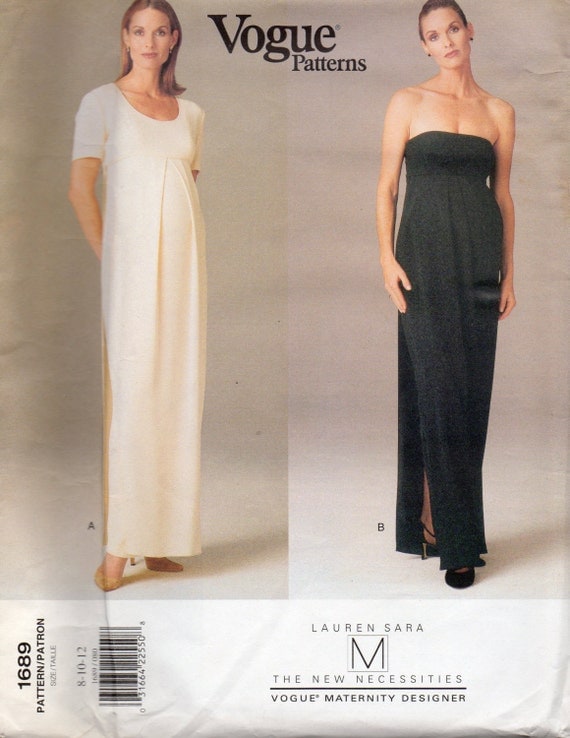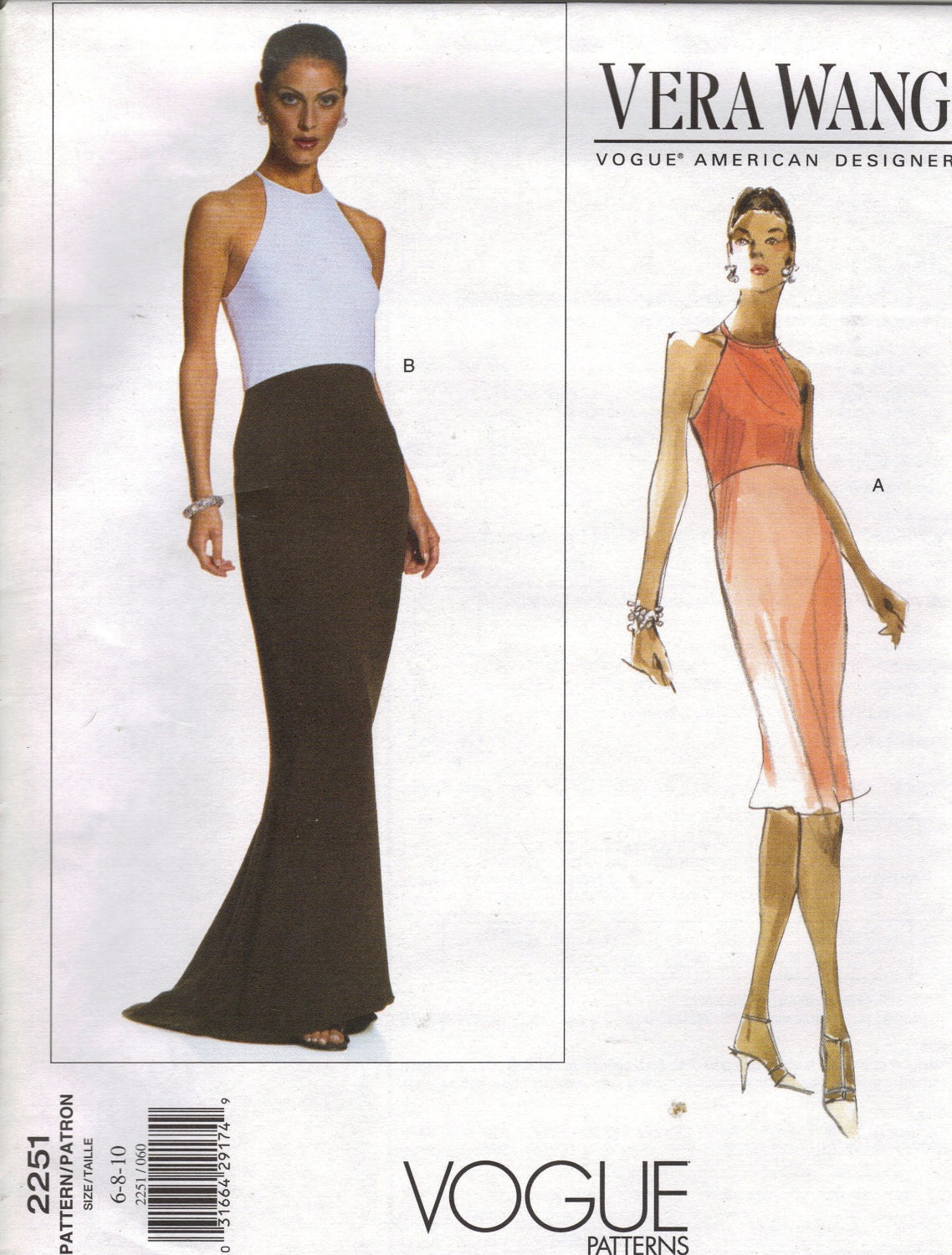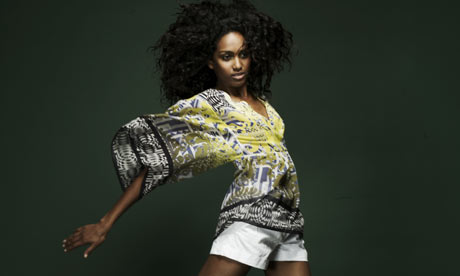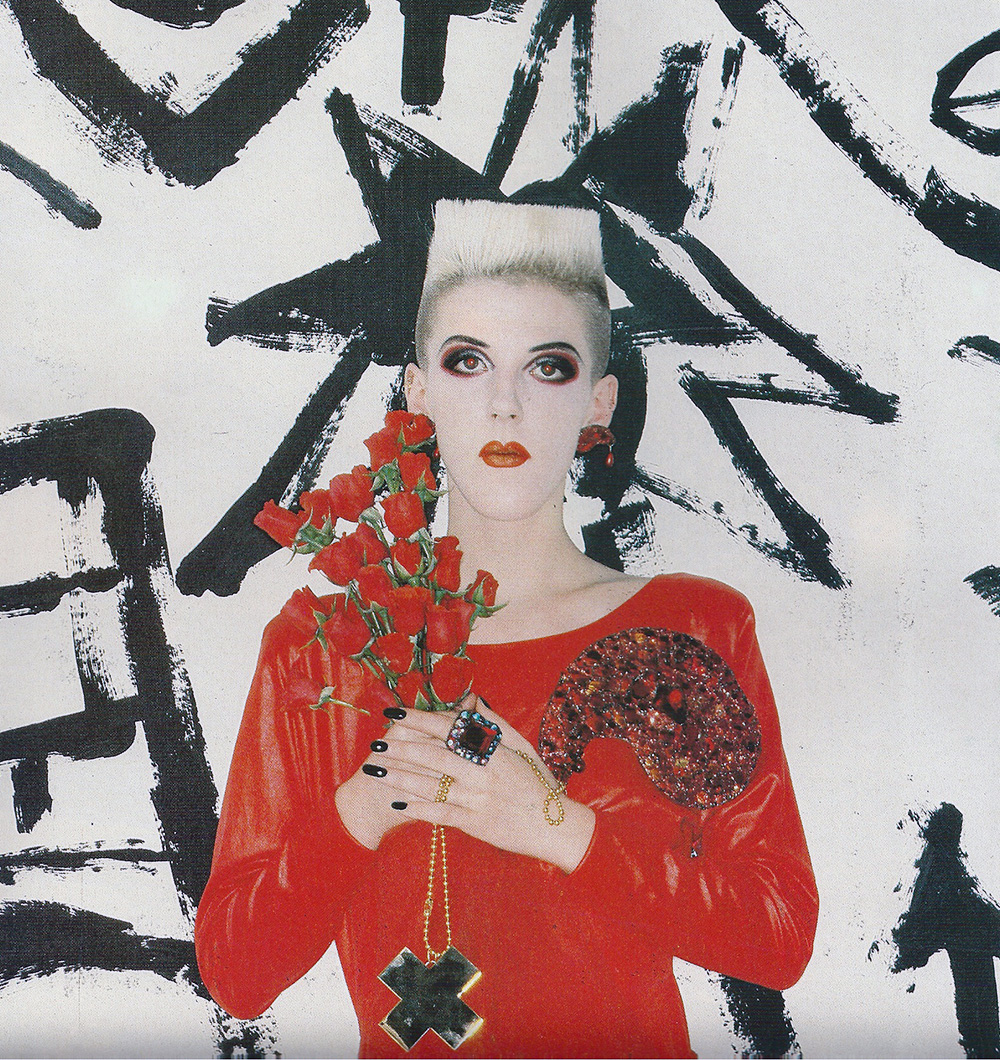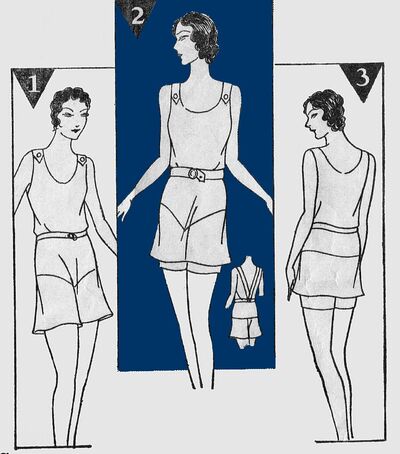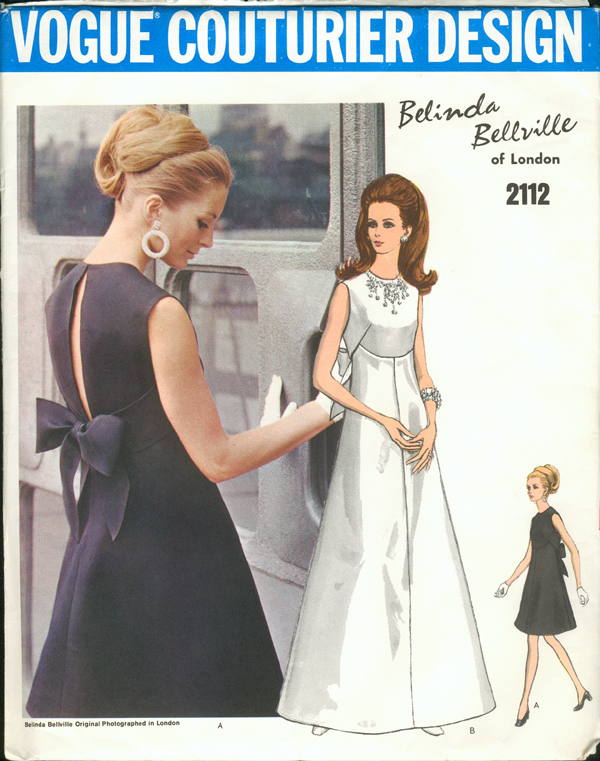![Garden Party Bazaar Feb 1993 detail Marc Jacobs grunge dresses for Perry Ellis - Garden Party, Bazaar February 1993 Patrick Demarchelier]()
Marc Jacobs’ Spring/Summer 1993 ‘grunge’ collection for Perry Ellis was a succès de scandale, a landmark collection that got him fired and continues to provoke debate. (See my earlier Marc Jacobs for Perry Ellis post here.) Shown in November 1992, the collection was inspired by the music of Seattle bands like Nirvana and the layered, mismatched, thrift-store vintage look associated with the grunge scene in the Pacific Northwest.
![Kurt Cobain performs in a vintage floral print, Amherst, 1990 Kurt Cobain performs in a vintage floral print, Amherst, 1990]()
Kurt Cobain performs in a vintage floral print, Amherst, 1990. Image via Malibu PR Gal.
At the time, Jacobs described his interpretation of grunge as “a hippied romantic version of punk.” The collection referenced grunge style with mixed floral and tartan prints and thermal layers, but translated them for the runway through play with luxurious materials: the flannels and thermals were sand-washed Italian silk and cashmere, worn with Doc Martens and specially-made duchesse satin Converse and Birkenstocks.
![Christie Turlington models a plaid and floral, clashing pattern ensemble from the Perry Ellis spring 1993 Ready-To-Wear collection, designed by Marc Jacobs. Christie Turlington Perry Ellis spring 1993 Ready-To-Wear collection, designed by Marc Jacobs.]()
Model: Christie Turlington. Image via Corbis.
![Kristen McMenamy and Kate Moss model Marc Jacobs for Perry Ellis Kristen McMenamy and Kate Moss model Marc Jacobs' spring 1993 grunge collection for Perry Ellis]()
Models: Kristen McMenamy and Kate Moss. Image via Couture Culture.
In December 1992, Vogue magazine published “Grunge & Glory,” a Steven Meisel editorial styled by Grace Coddington and accompanied by an essay by Jonathan Poneman, cofounder of Sub Pop (the label that released Nirvana’s first album). The shoot included pieces by Anna Sui, Ralph Lauren, and several from Marc Jacobs’ grunge collection for Perry Ellis:
![Kristen McMenamy - Perry Ellis by Marc Jacobs, Vogue 1992 Grunge & Glory Steven Meisel editorial featuring Kristen McMenamy in Perry Ellis by Marc Jacobs, styled by Grace Coddington]()
“Grunge & Glory.” Vogue, December 1992. On right: Kristen McMenamy in Perry Ellis by Marc Jacobs. Photo: Steven Meisel. Fashion editor: Grace Coddington. Image via Rag Pony.
And in case you thought the flow of influence between fashion and alternative culture was unidirectional, Sonic Youth’s video for “Sugar Kane” (dir. Nick Egan) was shot in the Perry Ellis showroom during the making of the grunge collection:
In early 1994, Vogue Patterns released two patterns for designs from Marc Jacobs’ grunge collection for Perry Ellis. Vogue 1335 is a pattern for bell bottoms and a jacket and cropped vest with butterfly appliqués:
![Vogue 1335 by Marc Jacobs for Perry Ellis (1994) Grunge jacket, vest and pants pattern by Marc Jacobs for Perry Ellis - Vogue 1335]()
Vogue 1335 by Marc Jacobs for Perry Ellis (1994) Jacket, vest, and pants.
![Vogue 1335 schematic Vogue 1335 schematic]()
Technical drawing for Vogue 1335
Here’s the envelope description: Misses’ jacket, vest & pants. Semi-fitted, lined, below hip jacket has notched collar, shoulder pads, flaps, upper and lower welt pockets, side back seams and long, two-piece sleeves with mock vent and button trim. Semi-fitted, lined, above waist vest has side panels, no side seams and welts. Both have purchased appliques. Bell-bottom pants have contour waistband and back zipper.
The Vogue 1335 ensemble was photographed for this 1993 press photo:
![Marc Jacobs for Perry Ellis George Waldman 1993 Marc Jacobs for PerryEllis photographed by GeorgeWaldman, 1993]()
Jacket, vest, and pants by Marc Jacobs for Perry Ellis; DKNY high-tops. Detroit Free Press, March 1993. Photo: George Waldman.
The second pattern, Vogue 1304, is for a pair of long, lightweight dresses—a princess-seamed slip dress and an ankle-length, retro style with flounces and flutter sleeves:
![Vogue 1304 by Marc Jacobs for Perry Ellis (1994) 1990s grunge Marc Jacobs for Perry Ellis dress pattern - Vogue 1304]()
Vogue 1304 by Marc Jacobs for Perry Ellis (1994) Image via PatternVault on Etsy.
![Vogue 1304 schematic Marc Jacobs grunge for Perry Ellis dress Vogue 1304 schematic]()
Technical drawing for Vogue 1304
The envelope description reads: Misses’ dress. Loose fitting, flared, pullover dress A, ankle length has front button trim, side front and back seams, sleeve and hem flounces and above elbow sleeves. Fitted and flared dress B, above ankle, has shoulder straps, princess seams, side pockets and front button/loop closing. (Recommended fabrics include chiffon, georgette, and crepe de chine.)
The Vogue 1304 floral print dress was photographed with another dress in the same print by Patrick Demarchelier for Harper’s Bazaar. The models are Shalom Harlow and Susan Holmes:
![Garden Party - Perry Ellis dresses by Marc Jacobs, Feb. 1993 Perry Ellis dresses by Marc Jacobs, Feb. 1993 - Garden Party photographed by Patrick Demarchelier, Bazaar 1993]()
“Garden Party.” Harper’s Bazaar, February 1993. Photo: Patrick Demarchelier. Image via noirfacade.
(Click the image for the full editorial. For Vogue Patterns magazine, the Vogue 1304 Perry Ellis grunge dresses were photographed with the similarly on-trend Vogue 1293 by DKNY.)
Shalom Harlow was also photographed by Bruce Weber in a similar, vintage-style Perry Ellis dress, in a cherry-and-butterfly print chiffon—this time with Flea, the bassist for the Red Hot Chili Peppers. Vogue called the dress “this season’s signature”:
![Flea and Shalom Harlow in Perry Ellis by Marc Jacobs (grunge collection), 1993 Shalom Harlow wears Perry Ellis by Marc Jacobs, photographed by Bruce Weber, Vogue, 1993]()
“Traveling Light.” Vogue, April 1993. Photo: Bruce Weber. Image via Herringbone and Houndstooth.
The same black floral print was also used for a silk bikini top and shorts, as seen in a Vogue summer editorial photographed by Ellen von Unwerth:
![Marc Jacobs silk bikini and shorts, Vogue, summer 1993 Perry Ellis by Marc Jacobs silk bikini and shorts photographed by Ellen von Unwerth, Vogue, 1993]()
“Beauty and the Beach,” Vogue, July 1993. Photo: Ellen von Unwerth. Fashion editor: Grace Coddington. Image via Herringbone and Houndstooth.
Years later, Jacobs spoke of being inspired by the energy of grunge after hearing Nirvana on the radio in Berlin, saying:
“I liked the idea of making some visual noise through clothing. I found a two-dollar flannel shirt on St. Mark’s Place and I sent it off to Italy and had it made into a $300-a-yard plaid silk. It was like the Elsa Perretti crystal tumbler at Tiffany that was inspired by a paper Dixie Cup. I love to take things that are everyday and comforting and make them into the most luxurious things in the world.”
(Source: Mary Clarke’s interview for Index magazine.)
It’s this effect of visual noise, of dissonance, achieved by Jacob’s high fashion take on street style that makes the Perry Ellis grunge collection so influential. There’s also something very ’90s-postmodern about reverse-faux—luxury materials mimicking their more affordable counterparts. Yet, according to Voguepedia, the grunge collection was never produced, making Vogue’s Perry Ellis patterns all the more interesting to lovers of ’90s fashion.
Tagged:
1990s,
designer,
fashion,
grunge,
Marc Jacobs,
Perry Ellis,
vintage,
Vogue Patterns ![]()
![]()
![]()
![]()
![]()
![]()
![]()
![]()































































